
The God Hunter
¥49.05
Good Omens meets Office Space in this darkly humorous and suspenseful supernatural thriller by author Tim Lees.There's an art to capturing gods for electricity, and Chris Copeland is good at his job. Or at least, he was, until his insouciant partner accidentally loosed a pagan god on the world. Luckily, Chris had the good sense to smash the thing over the head with a lamp. It's dead.Or is it?Six years later, Chris is contacted by Anna Ganz, a brusque, chain-smoking Hungarian detective with a penchant for misusing American profanity. A mysterious serial killer is stalking Budapest, and, in the name of profit, Chris's company isn't going to stop it. It's up to the unlikely team of Chris and Anna to hunt down a god—but can they catch the killer before it's too late?

Guardian
¥49.05
The heart-pounding, action-packed sequel to DemonA secret order at war with itself. A Syrian official who wants to set the Middle East ablaze. And all of them want nothing more than one unlucky CIA agent . . .CIA agent Mike Caldwell just confronted a fallen angel and survived. But he wasn't the only one tracking down Semyaza, and the demon's escape from an ancient tomb has caught the attention of several powerful entities. Now they will stop at nothing to get Mike to play by their rules.Mike must head out on an international mission to confront the covert brotherhood in an effort to save the world from destruction.

Once Upon a Rhyme
¥55.76
The dragon is dead. The princess has been saved. There is but one problem: Prince Charming had nothing to do with it.In order to save his royal reputation, Prince Charming must begrudgingly enlist the help of accidental hero William Pickett. The two set out on an adventure that has them fighting trolls, outwitting a scoundrel, and drinking the foulest ale ever, collecting bruises to both body and pride along the way. Meanwhile, the rescued princess, Gwendolyn, turns out to be one dangerously distressed damsel, and an evil presence takes over Castle White in Charming's absence …Enter this rollicking world and discover just what happens when a fairytale leaves the well-trodden path of "once upon a time."

Happily Never After
¥21.73
Once upon, once again …The dragon has been slain, but the problems have just begun for Prince Charming. Disowned by his father, the King, and abandoned by his only friend, William Pickett, Charming must find a new path in life—but he's going to need a lot of help. His love, Liz, barely survived an assassination attempt; his former fling, Rapunzel, is in danger; and William is under an evil spell cast by Princess Gwendolyn.The fate of Castle White hangs in the balance as Charming tries to find himself, while finding new allies along the way—including an odd number of dwarfs (or is it dwarves?) and a reformed beast. But he's running out of time to stop royally ruinous wedding bells from ringing …

To Helen Back
¥34.54
In this fun and sassy new mystery, USA Today bestselling author Susan McBride introduces us to Helen Evans, a modern-day Miss Marple who must expose a murderer in a town full of suspects!When Milton Grone turns up dead in tiny River Bend, Illinois, nearly all the would-be suspects have the perfect alibi: attending Thursday night's town meeting. And as Milton was hardly beloved, plenty of folks had a reason to do him in ... Grone's next-door neighbor was furious about a fence that encroached on her property, among other wicked deeds. A pair of zealous tree huggers wanted Grone's hide for selling a parcel of pristine land to a water park. Grone's current and ex-wife both wanted a cut of the profits, which Grone seemed unwilling to share. Even the town preacher knew Grone's soul was beyond saving. Though most of River Bend would rather reward the killer than hang him, Sheriff Biddle's not about to let this one go … and neither is Helen Evans. With a penchant for puzzles and an ear for innuendo, Helen quickly fingers the culprit before Biddle puts the wrong suspect in jail.

The Drowning God
¥49.05
To uncover modern Japan's darkest, deadliest secret, one man must face a living nightmare from his childhoodFew villagers are happy when Detective Tohru Takuda returns to his hometown to investigate a string of suspicious disappearances. Even the local police chief tries to shut him out from the case. For behind the conspiracy lurks a monstrous living relic of Japan's pagan history: the Kappa. Protected long ago by a horrible pact with local farmers—and now by coldly calculating corporate interests—the Kappa drains the valley's lifeblood, one villager at a time.As the body count rises, Takuda must try to end the Drowning God's centuries-long reign of terror, and failure means death…or worse.
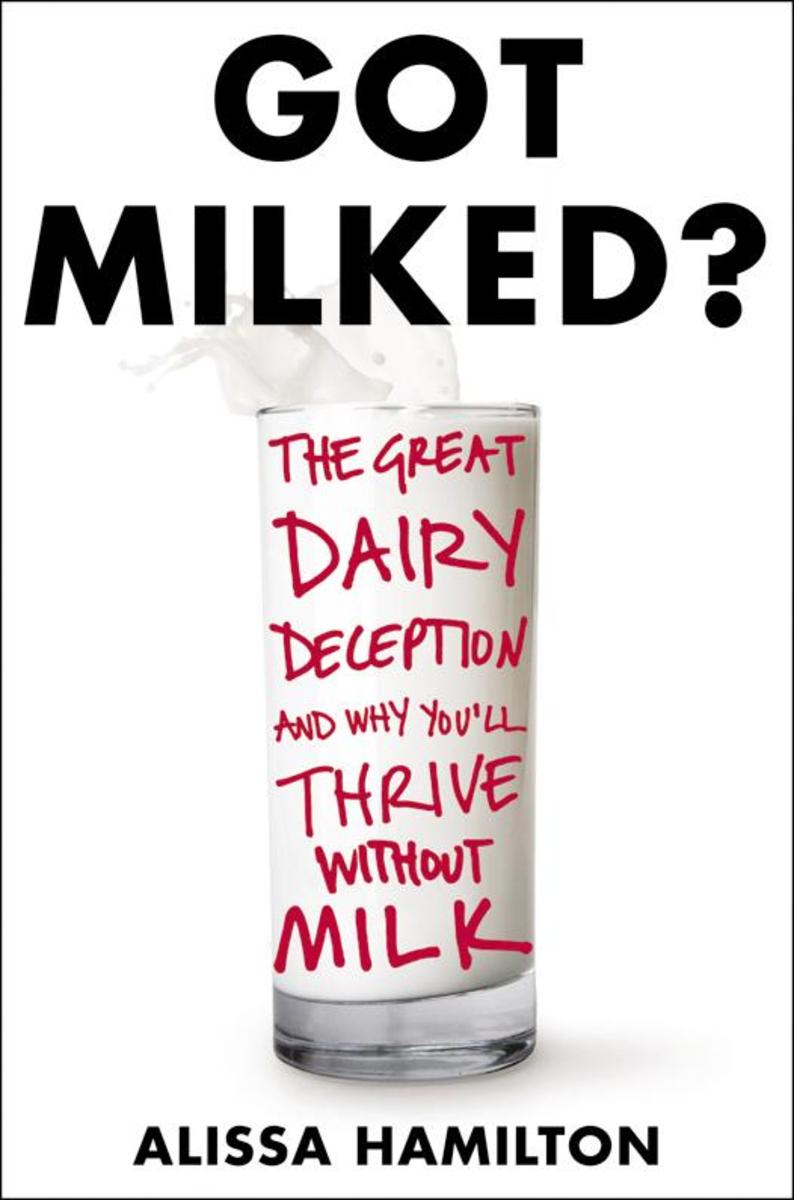
Got Milked?
¥94.10
For more than a generation, we've been taught that milk does a body good, but in Got Milked?, Alissa Hamilton dispels common misconceptions about milk, and exposes the truth behind the marketing, as well as the enormous influence the milk industry has over our diets. Separating science from advertising, Hamilton uncovers the inside story behind how milk became a dietary staple, stripping away years of conventional assumptions about diet to reveal the ways in which milk interferes with everyday health.But more than just a sobering look at how milk is not the wonder food that it has been made out to be, Got Milkedalso demonstrates how going milk-free can revolutionize your diet and your well-being. Attacking decades of accepted wisdom about milk, Got Milkedwill make you rethink the way you consume milk and empower you to eat better. Hamilton also offers delicious, dairy-free recipes and full meal plans that deliver the same nutrients found in dairy products, without all the sugar or negative side effects.At once provocative and transformative, Got Milkedchallenges much of the accepted wisdom about milk and will leave you prepared to take charge of your health. Not only will you find it easy to drop milk from your diet, you will thrive without it.

Peter Pan
¥155.02
Let your imagination take flight as you journey with Peter Pan, Tinker Bell, and the Darling children to the magical island of Neverland in this beautiful new unabridged gift edition of J.M. Barrie's classic story. All-new original illustrations and ten exclusive interactive elements from the award-winning design studio MinaLima create an enchanted adventure for readers of all ages—all you need is to think lovely thoughts and use a little bit of fairy dust.

The Pocket Wife
¥90.77
She was there. She was involved in Celia's day, although she isn't sure exactly how. She had far too much to drink. And then the incredible death—the shocking, horrible, inconceivable death, sticking like a dagger in her heart. She closes her eyes and tries to remember the last thing she said to Celia. She thinks it was "I don't ever want to see you again."Dana Catrell's life is in chaos. She's married to a lawyer who makes her feel trivial, as if stuck inside his pocket like loose change. She's also sliding toward the brink of insanity. Devastated by mania, part of her bipolar disorder, Dana finds that there are troubling holes in her memory, including what happened on the afternoon of her friend Celia's death. She's horrified to learn she's the only other person with a key to Celia's house—and the last person to see her alive.She and Celia had shared recipes and gossip. But not secrets—until that final afternoon. Closing her eyes, Dana can see images, loose pieces of a hazy puzzle. Sangria in a glass, a tiny rip in Celia's screen door, Celia lying in a pool of blood, the broken vase beside her head, the kitchen knife just so above her hand. But there are infuriating, terrifying gaps.Is murder on her mind—or is it all in her head?As evidence starts to point in her direction, Dana will use the clarity her mania brings her to fill in the blanks and clear her name before her demons win out. But her husband's odd behavior and the persistent probing of Detective Jack Moss complicate Dana's search for answers. The closer she comes to piecing together shards of her broken memory, the closer Dana comes to falling apart. Is there a killer lurking inside her . . . or is there one out there in the shadows of reality, waiting to strike again?A story of marriage, murder, and madness, The Pocket Wife is a sophisticated, gripping tale of psychological suspense that explores the world through the foggy lens of a woman on the edge.

A Newport Christmas Wedding
¥27.91
It’s Christmas in Newport. The mansions are decorated, and the streets are filled with excitement. Across the bay, preparations are in full swing for the wedding of Meri Calder-Hollis and Alden Corrigan. A year ago, Meri never imagined that she would marry her best friend, Alden, or become stepmother to his two teenaged children, Nora and Lucas.But as the wedding day draws near, tension and emotions run high, and Meri’s happiness turns to uncertainty. Nora is suddenly acting sullen and withdrawn, Alden is preoccupied, and Meri wonders if her marriage will bring the family closer together or tear them apart.It seems like this wedding may be doomed before it begins until a special Christmas surprise brings home the meaning of family and the joy of the holidays.

The Cutting
¥66.50
The first novel in the nationally bestselling McCabe and Savage series—perfect for fans of John Sandford and CJ Box.Someone is stealing the hearts of beautiful women... Detective Mike McCabe moved from a top homicide job with the NYPD to Portland, Maine to leave his failed marriage and suspicions of wrongdoing behind, and to find a more peaceful life for himself and his 13 year old daughter. But the small New England city is not nearly as safe as he thought. On a warm September night, a missing high-school athlete is found dead in a scrap metal yard, her heart removed from her body with surgical precision. As outrage over the killing spreads, a young business woman disappears while out on a morning jog. McCabe is certain both crimes are the work of one man—a murderer skilled in cardiac surgery who is using his scalpel to target young women. With the clock ticking, McCabe and his partner Maggie Savage find themselves in a desperate race against time to find and rescue the missing woman before she becomes the next victim of the sadistic killer's blade.

Promises to Keep
¥10.86
Haunted by a tragic death, Jo finds temporary respite from the all-consuming memories through running; it's the only thing that is keeping her sane. So when she discovers a young boy living rough in the woods, Jo is determined to do everything within her power to keep him safe.DS Sam Hollands wants to get her relationship back on track, unsure of how to make things right. But everything changes when she returns from work one night to find a stranger in her home . . .This is a stunning, psychologically-rich short story from one of the most authentic and compelling voices in crime fiction.Promises to Keep is a short story that includes a sneak peek from Behind Closed Doors by Elizabeth Haynes, the second novel in the Briarstone Crime Series featuring DCI Louisa Smith.

Why Kids Make You Fat
¥95.39
Our children are bundles of joy who enhance our lives in innumerable ways. We love them beyond question. But let's be honest . . . they take a lot of time. For most of us, that means less regular workouts and not enough time to prepare healthy meals at home. It's a struggle just to get to the gym once a month and put nutritious food on the table. Even worse for your waistline are those tempting snacks in the fridge and the little extras kids leave on the plate.Mark Macdonald knows this firsthand. A New York Times bestselling author, nutritionist, and fitness guru, he gained thirty-five pounds in the two years after the birth of his son. For women, like his wife, Abbi, it is even harder . . . they have to gain weight with each pregnancy, and then attempt to shed those pounds in the midst of stressful demands from the newborn—and often a severe lack of sleep. But we all face a choice: when we notice those pounds packing on, will we evolve, make changes, and reclaim our healthOr will we allow our health to enter that awful downward spiral?Mark and Abbi know it is possible to reclaim your body, even in the throes of parenting. With this eight-week program, Mark has helped thousands of parents lose up to thirty pounds and rediscover the energy they thought was gone for good. The step-by-step program has three phases: Phase One, Detox, cleanses your body and helps you lose your bloat. Phase Two, Ignite, burns fat and melts your belly. Phase Three, Thrive, reprograms your metabolism and allows you to incorporate this new way of eating into a sustainable and enjoyable lifestyle.With a comprehensive diet plan, specific workout regimen, everyday strategies to help parents lose the weight, and incredible success stories with before and after photos, Why Kids Make You Fat . . . and How to Get Your Body Back is a book that will help parents look and feel better than they did even before the kids came along.
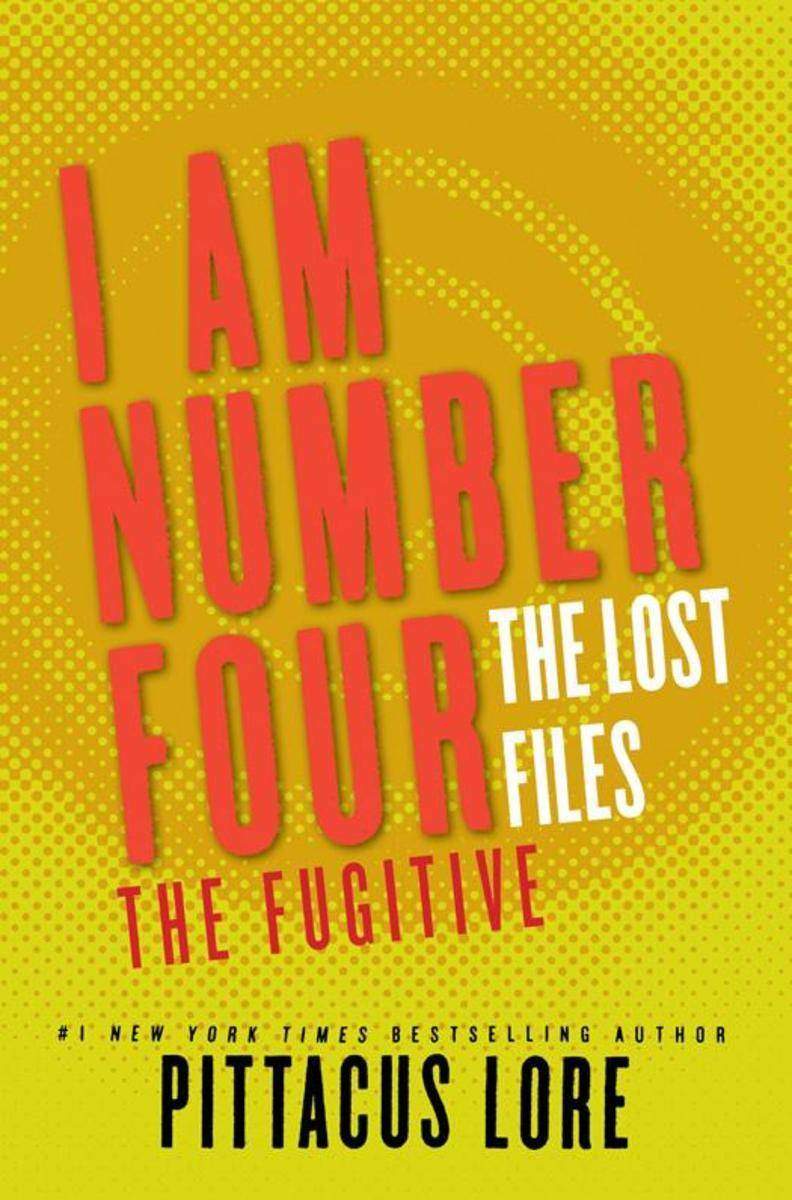
I Am Number Four: The Lost Files: The Fugitive
¥87.15
In this exhilarating one-hundred-page companion novella to the New York Times bestselling I Am Number Four series, Mark James is on the run—and on the wrong side of the law—but he'll do whatever it takes to save Sarah Hart and help the Garde.A sequel to I Am Number Four: The Lost Files: Return to Paradise, this novella picks up with Mark racing to Dulce, New Mexico, evading capture from both the Mogadorians and the FBI. On the road, his mysterious new ally—a fellow blogger from They Walk Among Us who Mark knows only by the screen name GUARD—sends him a care package to help in his quest to find Sarah. Inside is a stack of cash, high-tech equipment, and some seriously advanced weaponry, all begging Mark to once again ask the question: Just who exactly is this guyAs Mark gets closer to tracking down Sarah, he also gets closer to discovering the identity of this enigmatic figure who seems to know so much about the Loric. When the truth about GUARD is finally revealed, nothing will ever be the same.

Catacomb
¥61.52
The heart-stopping third book in the New York Times bestselling Asylum series follows three teens as they take a senior year road trip to one of America's most haunted cities, uncovering dangerous secrets from their past along the way. With all the thrills, chills, and eerie found photographs that led Publishers Weekly to call Asylum "a strong YA debut," Catacomb is perfect for fans for Miss Peregrine's Home for Peculiar Children.Sometimes the past is better off buried.Senior year is finally over. After all they've been through, Dan, Abby, and Jordan are excited to take one last road trip together, and they're just not going to think about what will happen when the summer ends. But on their way to visit Jordan's uncle in New Orleans, the three friends notice that they're being followed . . . and photographed. Then Dan starts receiving messages from someone he didn't expect to hear from again—someone who died last Halloween.When the trio arrives in New Orleans and the strange occurrences only escalate, Dan is forced to accept that everything that has happened to him in the past year may not be a coincidence, but fate—a fate that ties Dan to a group called the Bone Artists, who have a sinister fascination with notorious killers of the past.Now Dan's only hope is that he will make it out of his senior trip alive.

The Old Blue Line
¥28.00
Butch Dixon has been taken for a ride …Not a jump in the car, see the sights kind of ride. He's been taken for everything he has. He's lost his house, his restaurant business, his savings, his car, his best friend, his faith—all to his conniving ex-wife. But that was seven years ago. He picked himself up, left Chicago, and started over in Peoria, Arizona, running the Roundhouse Bar and Grill. He doesn't look back on those bad years; there's no point. Not until two curious cops show up at the Roundhouse.Faith, Butch's ex-wife, has been murdered, and the evidence points to him. Stunned, Butch quickly realizes that the black-hearted woman is going to ruin him again, from her grave. Lucky for Butch, the Old Blue Line, a group of retired—but still sharp and tenacious—former legal and law enforcement coots, have taken it upon themselves, as a favor, to make sure he doesn't cross that thin line. After the dust settles, Butch's life is again upended—when a little red-haired ball of fire, Sheriff Joanna Brady, takes a seat at his bar.
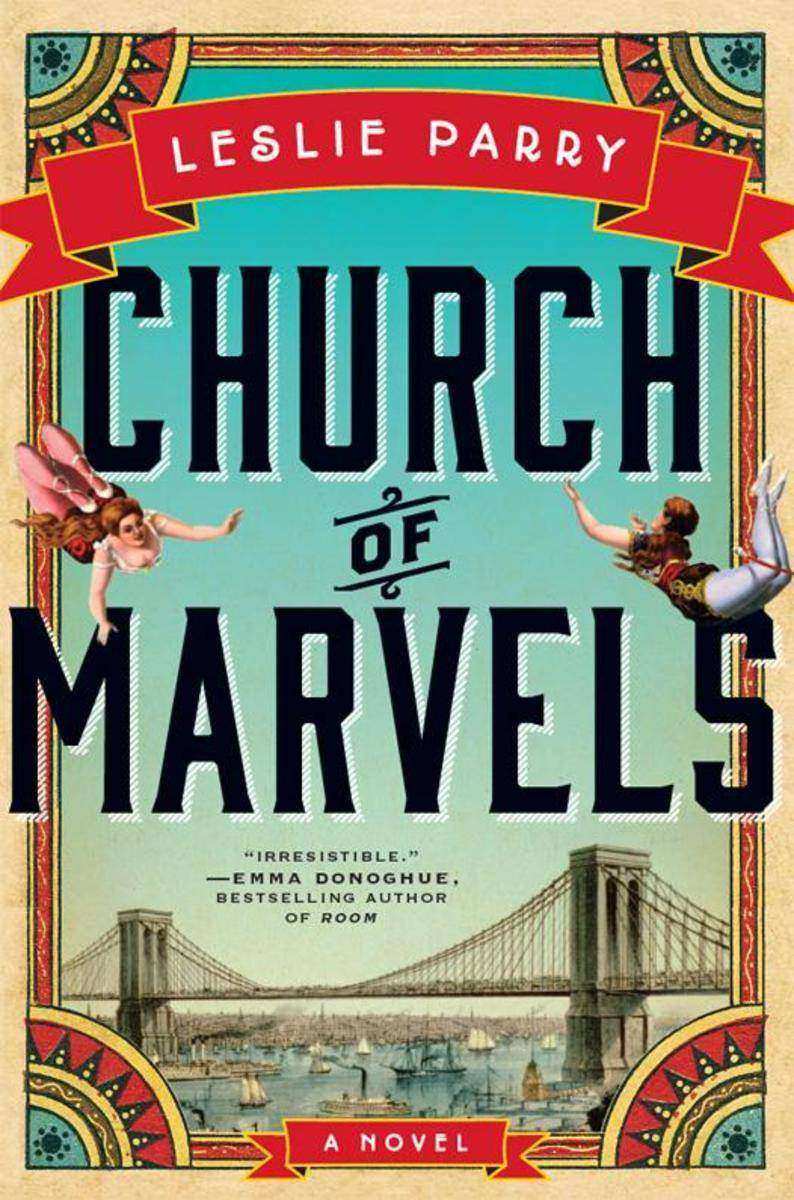
Church of Marvels
¥88.56
A ravishing first novel set in vibrant, tumultuous turn-of-the-century New York City, where the lives of four outsiders become entwined, bringing irrevocable change to them allNew york, 1895. Sylvan Threadgill, a night-soiler cleaning out the privies behind the tenement houses, finds an abandoned newborn baby in the muck. An orphan himself, Sylvan rescues the child, determined to find where she belongs.Odile Church and her beautiful sister, Belle, were raised amid the applause and magical pageantry of the Church of Marvels, their mother's spectacular Coney Island sideshow. But the Church has burnt to the ground, their mother dead in its ashes. Now Belle, the family's star, has vanished into the bowels of Manhattan, leaving Odile alone and desperate to find her.A young woman named Alphie awakens to find herself trapped across the river in Blackwell's Lunatic Asylum–sure that her imprisonment is a ruse by her husband's vile, overbearing mother. On the ward she meets another young woman of ethereal beauty who does not speak, a girl with an extraordinary talent that might save them both.As these strangers' lives become increasingly connected, their stories and secrets unfold. Moving from the Coney Island seashore to the tenement-studded streets of the Lower East Side, a spectacular human circus to a brutal, terrifying asylum, Church of Marvels takes readers back to turn-of-the-century New York–a city of hardship and dreams, love and loneliness, hope and danger. In magnetic, luminous prose, Leslie Parry offers a richly atmospheric vision of the past in a narrative of astonishing beauty, full of wondrous enchantments, a marvelous debut that will leave readers breathless.
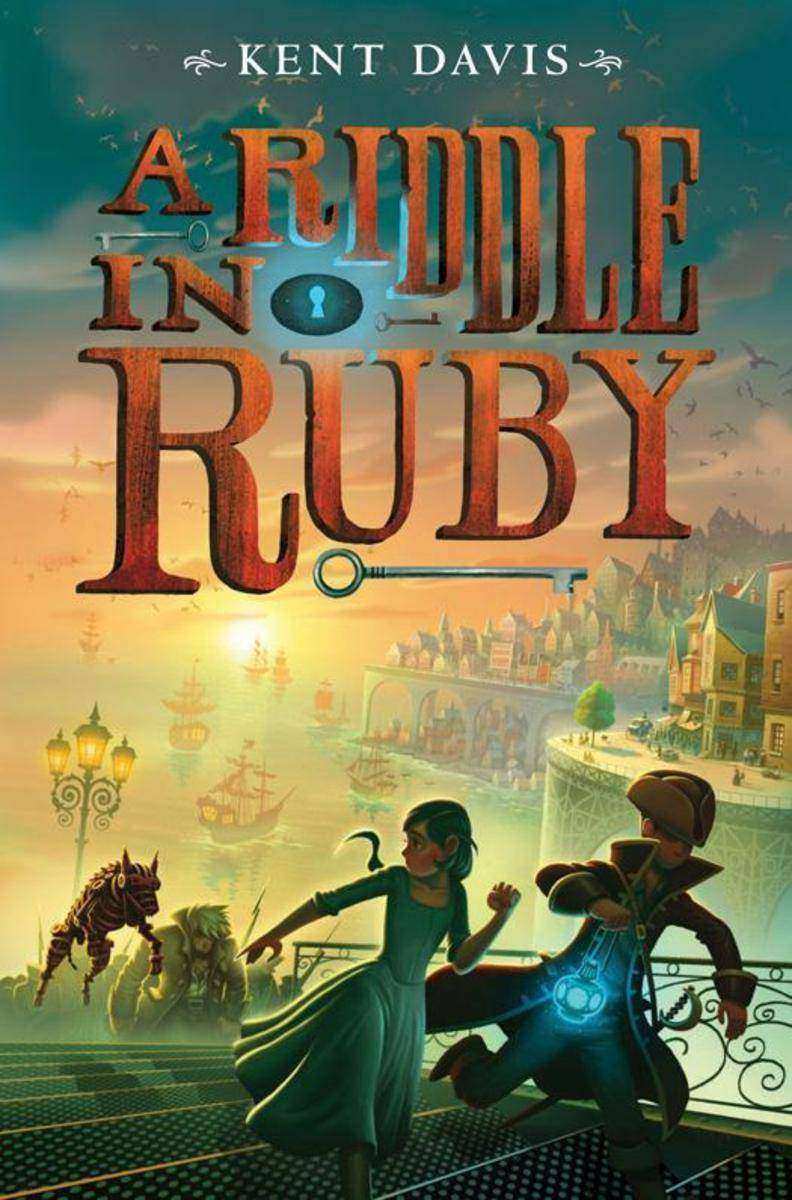
A Riddle in Ruby
¥44.85
Ruby is a thief-in-training and a keeper of secrets—ones she doesn't even know herself. A Riddle in Ruby is the first book in a witty and fast-paced fantasy-adventure trilogy for fans for Jonathan Stroud, Septimus Heap, and The Very Nearly Honorable League of Pirates.Ruby Teach, daughter of a smuggler and pirate, has been learning how to swindle and steal and pick the most complex locks for as long as she can remember. But a collision with aristocratic young lord Athen sends her spinning into chaos. Little did she know that her whole life has been spent in hiding from nefarious secret societies and the Royal Navy . . . who are both now on her trail. In this debut middle grade adventure, Kent Davis weaves a rip-roaring tale through an alternate colonial Philadelphia. A world where alchemy—that peculiar mix of magic and science—has fueled the industrial revolution. With this highly original setting, a cast of fully rounded characters and rapid-fire, funny dialogue, A Riddle in Ruby will call to mind fantasy greats like Diana Wynne Jones and Terry Pratchett.

Iron and Blood
¥21.73
Part II of the Saga of the Redeemed picks up right where The Iron Ring left off …After Tyvian Reldamar gets double-crossed by his business partner, he is affixed with an iron ring that prevents the wearer from any evildoing. Not one to be deterred by this setback, he quickly puts into motion a plan for revenge—one that will use every dirty trick in the book.But things are never simple for mastermind Tyvian, especially not after he uncovers a sinister plot: evil wizard Banric Sahand is planning to decimate the city of Freegate. Now Tyvian must learn to work with—and rely on—his motley crew of accomplices, including an adolescent pickpocket, an obese secret-monger, a fearsome gnoll, and a Mage Defender…who is also trying to get him arrested. Time is running out for Tyvian's plan for revenge—while the fate of the city hangs in the balance.

The Maharani's Pearls
¥10.83
Living with her family in India, young Bess Crawford's curiosity about this exotic country sometimes leads her into trouble.One day she slips away from the cantonment to visit the famous seer in a nearby village. Before this woman can finish telling her fortune, Bess is summoned back for an afternoon tea with the Maharani, a close friend of her parents'. The seer's last words are a warning about forthcoming danger that Bess takes as the usual patter. But this visit by the Maharani has ominous overtones that mark it as more than a social call. Her husband has political enemies, and she has come to ask Bess's father, Major Crawford, for help.As the Maharani is leaving, Bess notices that there is something amiss with the royal entourage. Major Crawford must set out after them—but will he be in time?And what will happen to Bess, and the household left behind, when a vicious assassin circles back to take hostages?Here is an extraordinary glimpse into the childhood of the Bess Crawford we know from her service in the Great War.
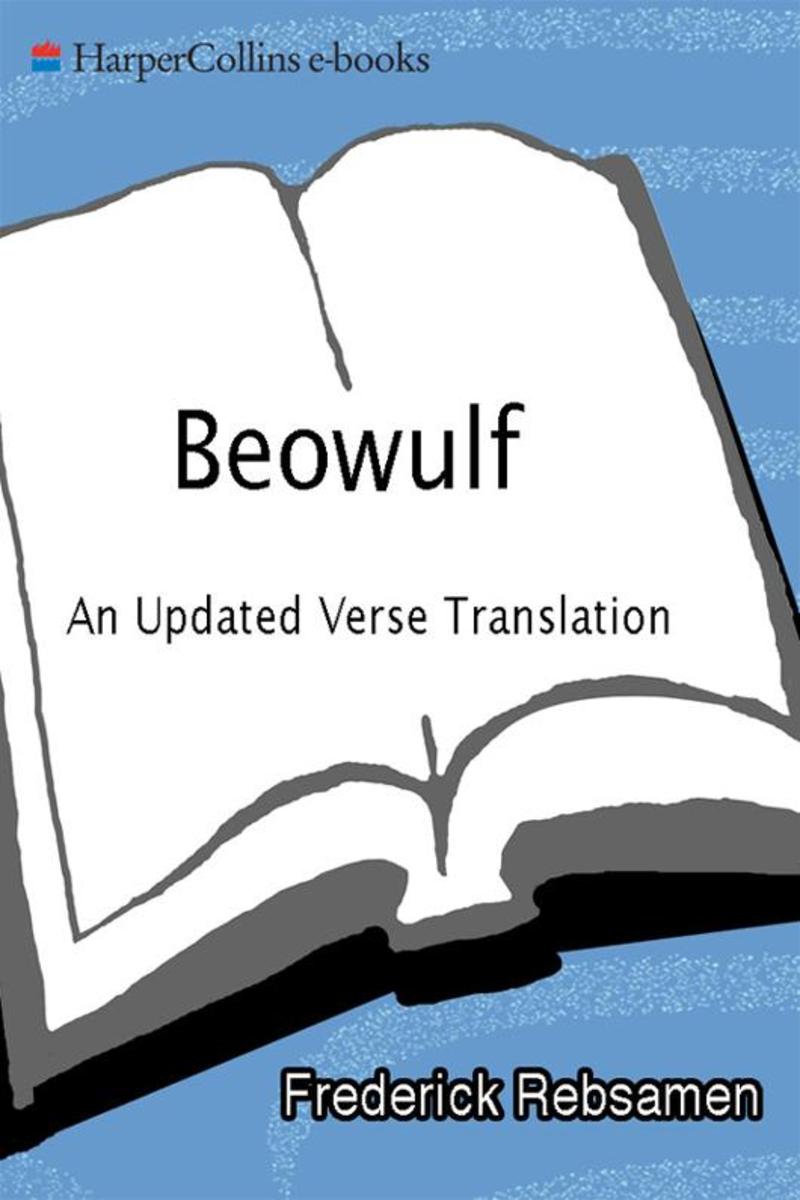
Beowulf
¥55.33
A verse translation of the first great narrative poem in the English language that captures the feeling and tone of the original.




 购物车
购物车 个人中心
个人中心



